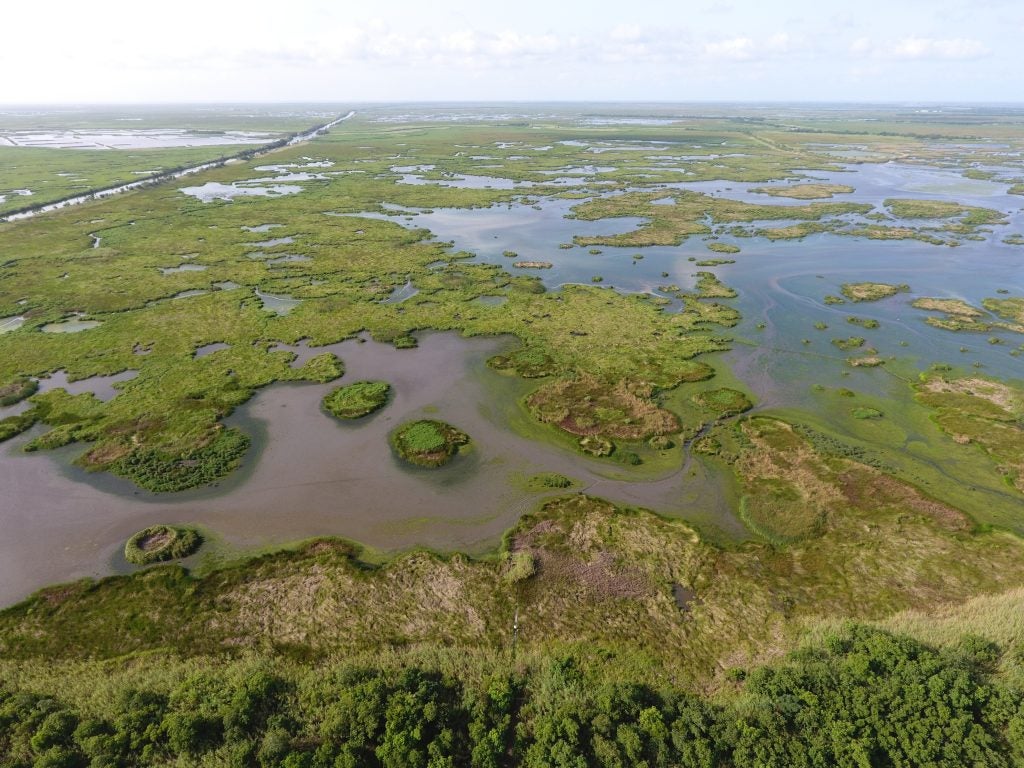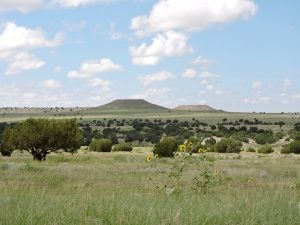Hurricane Florence’s arrival so soon after Hurricane Matthew serves as an urgent reminder that new, effective and rapidly implementable solutions are required to meet the challenges of a new normal of extreme weather.
“It’s clear that we’re going to have to build back not only stronger, but smarter. When you have two so-called 500-year floods within a 23-months period, you know we’re not talking about 500-year floods. We’ve got to work to make sure we make smart decisions.”
– North Carolina Gov. Roy Cooper after surveying extreme flooding from Hurricane Florence
It’s time to invest in three proven approaches to flood preparedness and economic development so that our communities can bounce forward to a more prosperous, safe and resilient future. Read More




